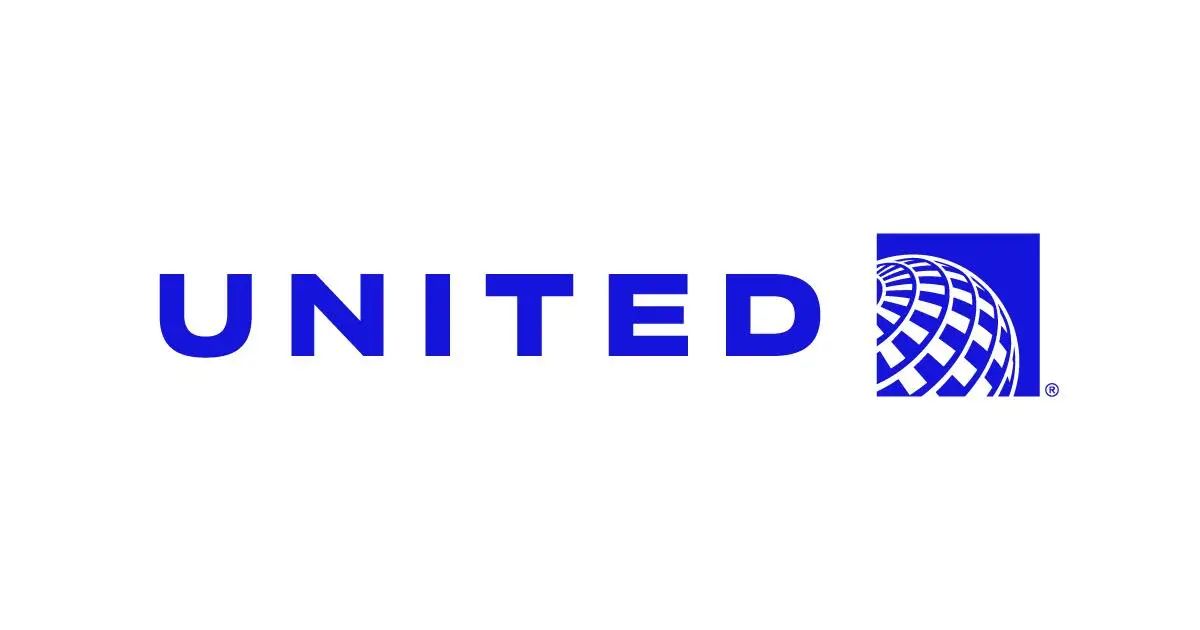
A pervasive technology system error led United Airlines to ground its mainline fleet completely across the United States on Wednesday evening, sending ripples of disruption through the global aviation network. The abrupt halt, attributed to a critical computer system outage, left thousands of passengers stranded and underscored the profound fragility of modern air travel, which relies on complex digital infrastructures. This incident marks another significant technology – driven challenge for the airline industry, prompting an urgent focus on the robustness of these essential systems.
At the heart of the widespread disruption was a technology issue affecting the airline’s weight and balance computer system. This particular system is integral, housing vital information about each flight and feeding it to other crucial computer systems, including those that calculate the precise weight and balance necessary for safe flight as well as those that track flight times. The airline later clarified that the issue was not related to recent concerns about cybersecurity within the industry, thus allaying fears of external interference.
Originating shortly after 6 p.m. ET, the system glitch rapidly escalated into a full – scale operational freeze. Facing the unprecedented challenge, United Airlines took swift action by requesting the Federal Aviation Administration (FAA) to issue ground stops. These measures specifically targeted all United mainline flights at the carrier’s major hubs, encompassing bustling airports in Chicago, Houston, Denver, Newark, N.J., and San Francisco.
Mainline flights, which are the very backbone of United’s operations, are those directly managed by the airline, utilizing its own aircraft and crew. This includes a diverse fleet of Boeing models such as the 737, 757, 767, 777, and 787 jets, along with Airbus A319 and A320 models. Notably, the grounding did not extend to flights operated by the company’s smaller regional jets, nor did it impact flights that were already in the air, allowing them to continue their journeys to their intended destinations.
Passengers quickly turned to social media platforms, voicing their frustrations and sharing a myriad of first – hand accounts of the unfolding chaos. Many found themselves confined to planes that remained motionless at the gate or on the tarmac, while others arrived at their destinations only to discover immobilized aircraft obstructing their designated arrival gates. The uncertainty and prolonged waits tested the patience of travelers across multiple time zones.
United Airlines acknowledged the severity of the situation and communicated its immediate focus on resolution. In a statement addressing the crisis, the airline explained, “Due to a technology issue, we are holding United mainline flights at their departure airports.” They further emphasized their commitment to traveler well – being, stating, “Safety is our top priority, and we will work with our customers to get them to their destinations.”
Despite the underlying technology issue being resolved within a few hours, the airline cautioned that residual delays were expected to persist throughout Wednesday night and beyond. The ripple effect of such a significant operational halt meant that restoring normal operations would be a gradual process, affecting travel plans for a substantial period after the initial fix.
Read more about: Why the Internet Can’t Stop Humming About Jet2 Holidays: Unpacking the Viral Sensation of Britain’s Favorite Package Tour Operator
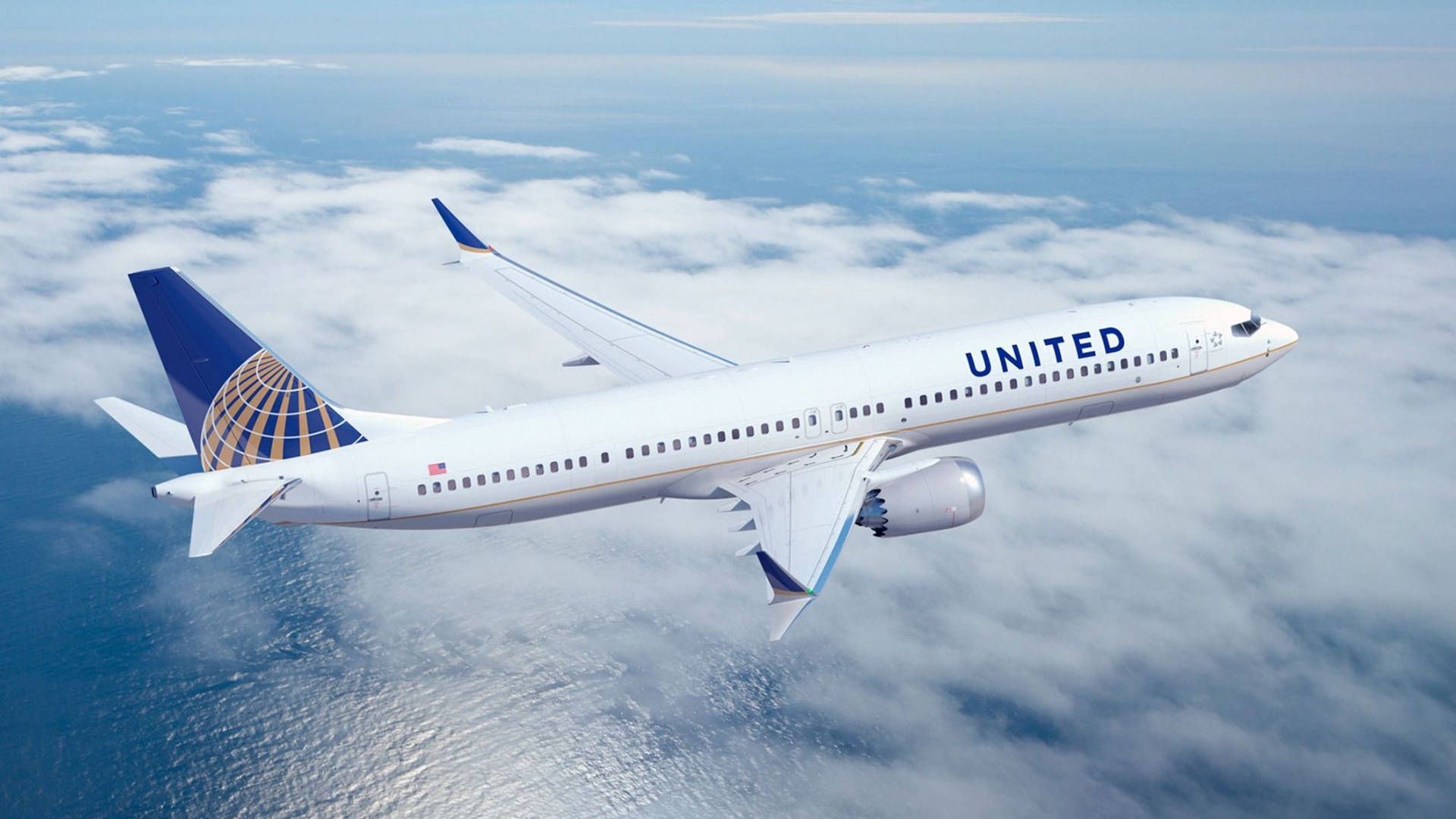
According to FlightAware, a prominent flight data tracker, the immediate aftermath witnessed over 1,000 United flights delayed and more than 40 cancellations. The airline, in an effort to mitigate the considerable inconvenience for affected travelers, confirmed that it would cover the costs for meals and hotel accommodations for its impacted customers.
From the tarmac in Denver, a passenger recounted their experience, describing being stuck on a United plane for nearly two hours. The pilot, in a rare instance of direct communication, informed those on board that no gates were available and that there was no update on when they could deplane. This individual noted that some aircraft had been stationary for even longer periods, exacerbating the discomfort.
Angela Jeffers, whose flight from Nashville to Denver encountered a two – hour delay on Wednesday, recounted the pilot’s candid announcement about the system outage. She recalled hearing the pilot explain, “We’re missing some numbers we need to take off, so we can’t take off yet and don’t have a time estimate of when we’ll be able to.” The airline subsequently offered to cover a hotel and a flight for her the following day, as her flight had not yet boarded.
Read more about: Apple’s Record Quarter: iPhone Strength and Strategic Diversification Power the Tech Giant Through Turbulent Tariff Waters
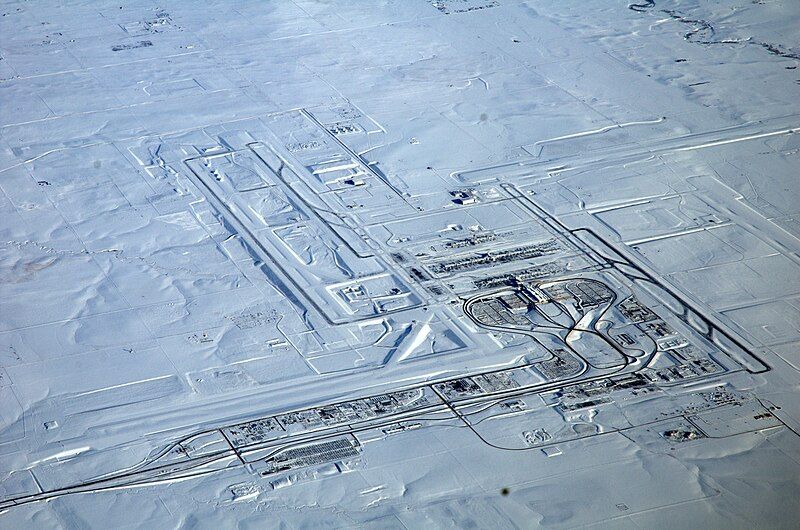
Her sister, Jessica Jeffers, coincidentally encountered disruption at the Denver airport that same evening. She found herself stranded for two hours on a plane awaiting departure for Newark. In a text message sent around 9 p.m. ET, Jessica described the arduous conditions: “It has been pretty rough over here… The air conditioning has been functioning at a very low level, so we have essentially been baking in here for hours.” The option to disembark was eventually granted, though without clear guidance on what would happen next.
The frustration was palpable among passengers worldwide. One parent, traveling with small children from Buenos Aires, Argentina, to Houston, expressed exasperation over the lack of information concerning the “worldwide outage.” They described waiting with “kids tired and we are ready to take a nine-hour flight to Houston and then take a connecting flight!” The scale of the system error meant its ramifications extended far beyond domestic borders.
On social media, Joshua Rivera articulated the compounding challenges of being stuck on the tarmac at Newark Liberty Airport (EWR) for over an hour after an early landing. He highlighted the distress of “crying babies on board with parents unable to do much to console them.” What further complicated matters, as Rivera observed, was the conflicting information emanating from United’s text messages, crew announcements, and social media posts, leading to a sense of being misled.
Josh Griffin, another traveler affected at Denver International, lamented the timing of the disruption. Having just got married on Saturday, he humorously yet pointedly told the airline on X, formerly Twitter, “Thanks for being our second memorable experience of the week.” These personal anecdotes painted a vivid picture of the widespread inconvenience and emotional toll on travelers.
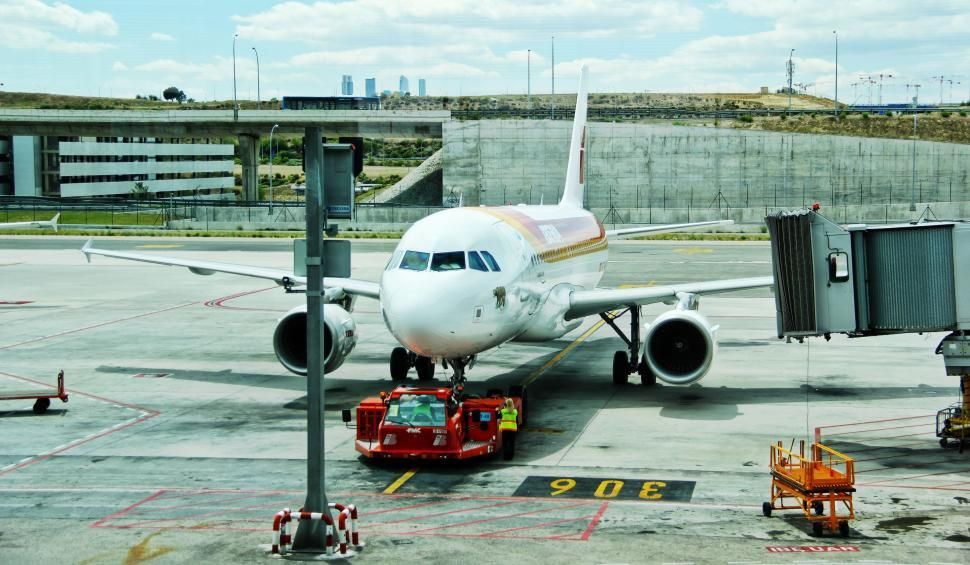
Another passenger, also stuck on the tarmac, expressed their exasperation: “My departure is now four hours late with no resolution in sight, and we are prisoners on the tarmac.” Such sentiments resonated widely across social platforms, where the airline’s social media account was diligently responding to distressed passengers, stating, “We are aware of the system error at this time and are working on a fix to get you on your way as soon as possible.” They acknowledged that the “disruption has caused frustrations during your travel and appreciate your continued patience.”
United Airlines is not alone in grappling with system-wide computer malfunctions. This incident adds to a growing list of technology-induced operational failures within the airline industry. A stark precedent was set in 2022 when Southwest Airlines experienced a catastrophic breakdown during the peak Christmas holiday travel period. While a major winter storm initially caused widespread disruptions across the U.S., Southwest’s inability to recover quickly led to the cancellation of an astounding 16,900 flights, stranding over 2 million passengers. The U.S. government later imposed a $140 million fine on Southwest for this debacle, underscoring the severe consequences of such operational failures.
The broader implications of technology reliance in aviation extend beyond operational shutdowns. Delta’s CEO, for instance, has previously cited a CrowdStrike outage as having cost the airline $500 million over a period of five days. These incidents collectively illustrate the immense financial and reputational stakes involved when critical digital infrastructure falters, highlighting the urgent need for robust, resilient systems to maintain public trust and operational integrity.
Government agencies were quick to provide assurances regarding the scope of United’s issue. The Federal Aviation Administration confirmed its awareness of the technology problem, stating that the airline “experienced a technology issue disrupting its operations.” U.S. Transportation Secretary Sean Duffy further clarified that the issue was “specific to United’s operations” and entirely “unrelated to the broader air traffic control system,” alleviating concerns about a systemic failure across national airspace.
The swift resolution of the core technology issue, as confirmed by United Airlines, was a critical step in mitigating further widespread chaos. “The underlying technology issue has been resolved, and, while we expect residual delays, our team is working to restore our normal operations,” the airline affirmed in its subsequent statements. This rapid identification and rectification process, though still causing extensive delays, prevented a longer-term paralysis.
As the travel industry navigates an increasingly digital landscape, the Wednesday evening grounding serves as a stark reminder of the delicate balance between technological advancement and operational resilience. For passengers and airlines alike, the episode underscores the imperative of robust, fail-safe systems that can withstand unforeseen glitches and ensure the continuous, reliable movement of air traffic. The meticulous efforts to restore normalcy, coupled with the lessons learned from this incident, will undoubtedly shape the future of airline operations, demanding even greater vigilance in an era where digital precision is paramount to flight safety and efficiency.
Read more about: Not So Straight: Why Flights Over the Pacific Take Curved Routes for Safety and Efficiency
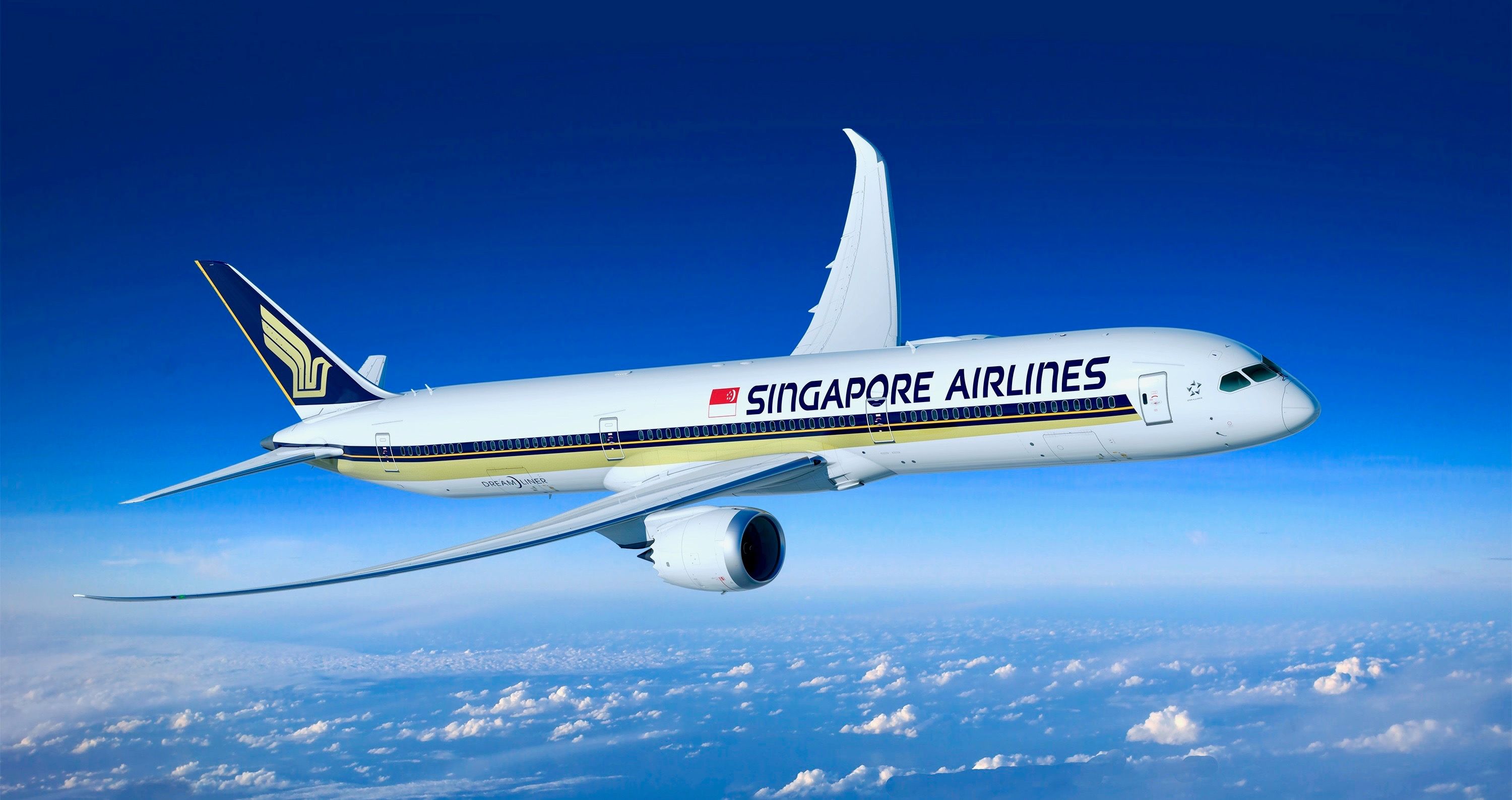
Read more about: Domino’s Unveils Live GPS Pizza Tracking: Pinpointing Your Pie’s Journey with Unprecedented Precision for the Modern Consumer
The incident reinforces the necessity for airlines not only to embrace cutting-edge technology but also to invest heavily in its resilience and redundancy. As travelers embark on their journeys, they place immense trust in the unseen, intricate networks that govern air travel. The events of Wednesday evening highlighted the profound impact when that trust is momentarily shaken and the enduring commitment required from the industry to uphold the seamless, reliable service that modern society has come to expect.



